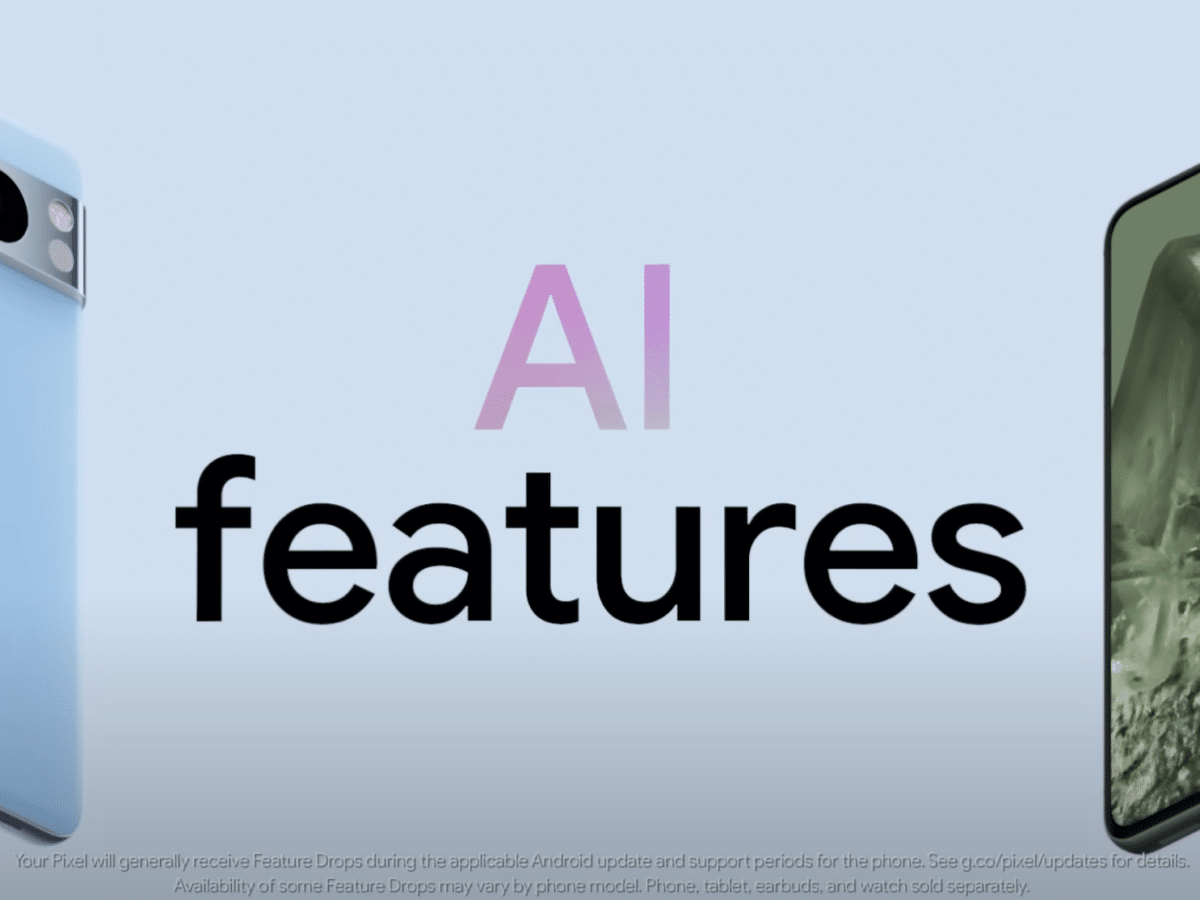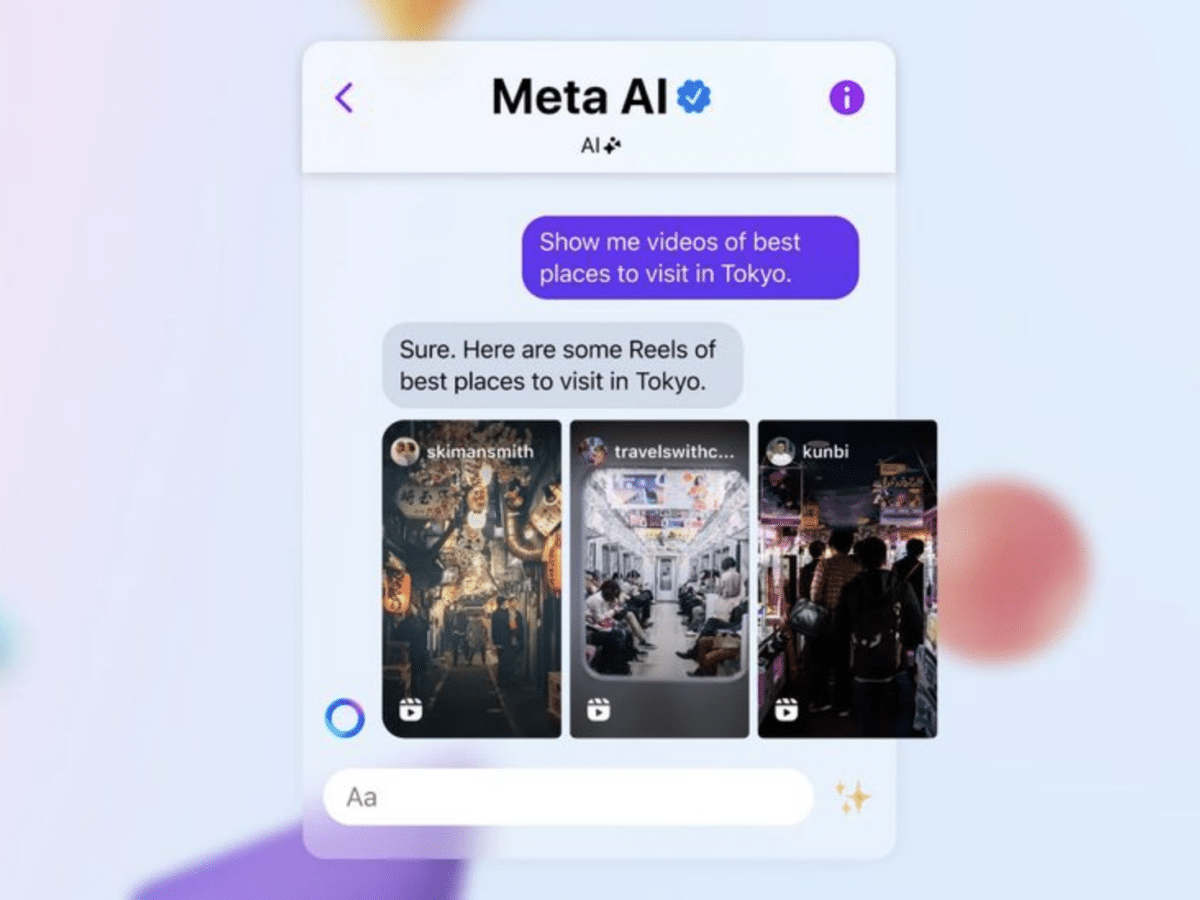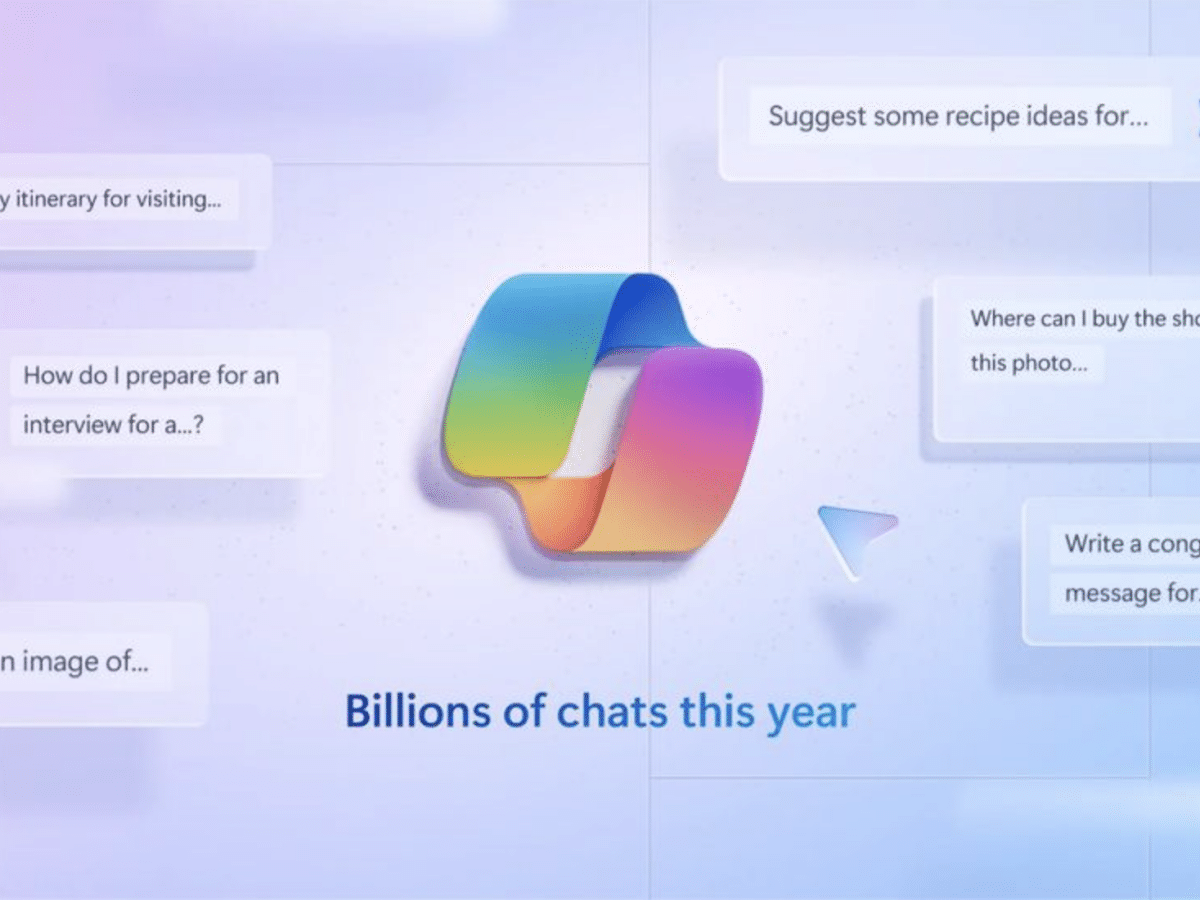Barely has AI surfaced as a viable tool for businesses and individuals, it has already created a demand for a new type of job: AI whisperer.

As we currently know and understand it, AI, with its Large Language Models (LLM), can supplant humans in a variety of jobs. Many believe that it can simulate creativity and human intelligence to a point where it is capable of taking over every intelligence and creativity-based job on the planet. But is that really so?
What is a Prompt?
Getting Large Language Models to churn out useful and relevant answers requires human input in the form of prompts. If you have tried a chatbot like ChatGPT, you have used prompting yourself. When you ask the AI a simple question, like “what do we understand by net assets in the context of the Federal Reserve?” you generate a prompt.
Prompts represent the language of communication between humans and AI.
The AI takes your prompt and runs with it. Using its artificial intelligence capabilities coupled with its unparalleled access to data, it comes up with an answer it deems relevant. The question is, do you find it relevant? Or do you want something different?
What is Prompt Engineering?
Prompt engineering is the science of creating prompts for AI that yield useful and relevant answers. Anyone can create a prompt. That is the beauty of AI. Not everyone can create optimized prompts, however. Some people are better at “talking” to AI than others.
Optimized prompts help the AI achieve alignment with the task definition quickly and efficiently. Good input equals great output.
In addition to helping AI usage, prompt engineering is also a defining element of AI development and training.
As more and more businesses adopt AI as a productivity-enhancement tool, the demand for prompt engineering increases. Already, people have cobbled together prompt engineering guides, and some even sell prompt suggestions through dedicated marketplaces.
What you Need to Know to be a Prompt Engineer
Prompt engineering requires a deep understanding of the capabilities of LLMs and artistic writing abilities. A keen eye for detail helps as well, allowing prompt engineers to cause a significant impact through a minor prompt tweak.
The role of a prompt provider is to give the AI appropriate context for questions. Creating the context may require research through sources the AI cannot access. Such sources may be proprietary data or physical documents.
Here are some key concepts prompt engineers must know and understand.
Attention Mechanisms
Attention mechanisms are algorithm components that allow the AI to focus on words that express sentiment when generating an answer.
Fine-tuning
By fine-tuning an AI, prompt engineers train it to become an “expert” at something. The fine-tuning process involves the use of smaller, more domain-specific, and relevant data sets.
Interpretability
This skill allows prompt engineers to interpret the answers and decisions of the AI. Being able to tell why the AI makes a decision is a high-level AI-whispering skill.
Word-embedding
Word embedding is the part of the AI’s algorithm that allows it to associate a numerical format with the meaning of words. Ultimately, world embedding is what allows AI to understand human language.
Transformers
Transformers are essential components of natural language learning mechanisms. They allow the AI to weigh parts of the input data differentially, attributing different significance to different parts.
Simplifying Prompt Engineering
Here’s a simple template for a prompt that allows even beginners to get what they want out of AI.
- Input data constitutes the “gist” of the prompt. This is the question the user wants the AI to answer.
- The instructions detail what the user wants the AI to do. Together with the input data, instructions comprise the “meat” of the prompt. Good prompt engineers aim to define a clear objective for the AI through their instructions.
- The context defines the variables that accompany the main request, helping the AI generate a highly relevant output. The clarity and quality of the answers one gets from the AI depend on the context.
- Output specifications clarify for the AI what answer type and format we would like it to deliver. Like the context, output specifications refine the clarity and relevance of the answers.
Prompt Engineering Use Cases
How does a prompt engineer use his/her skills to work with AI for optimal results? Prompt engineers may:
- Use the AI to extract key points from large documents, summarizing their contents
- Work with external documents and databases and use the AI to answer their questions
- Use the AI to generate code for applications
- Conduct sentiment analysis and other similar operations on large bodies of text.
- Use the AI to improve text by requesting it to provide a critique
- Generate text that demonstrates problem-solving and decision-making skills, using the AI for reasoning
- Simulate conversations with the AI for the sake of solving problems, performing analysis, etc.
- Creating art with the help of AI
Examples of Prompt Engineering
How can you use AI if you are a coder or artist? Here are a couple of examples.
Interpreting Code
Interpreting code is impossible for those who don’t know the programming language the coder used to write it. Or, rather, it used to be impossible. Now you can give the AI a prompt like this:
I want you to be a Python code interpreter. I give you the code, and you execute it. Only respond with the output of the code.
Imitating Pablo Picasso’s art style and creating relevant images has never been easier.
Create a graphical image of actor Tom Hanks in watercolor, in the style of Pablo Picasso.
Far from its final form, prompt engineering is only in its infancy. It is already an indispensable skill for everyone looking to work with AI, as a researcher, engineer, or simple user. Regardless of how evolved AI becomes in the future, the ability to ask it relevant and clear questions will always be an asset for those who want to harness its power.







